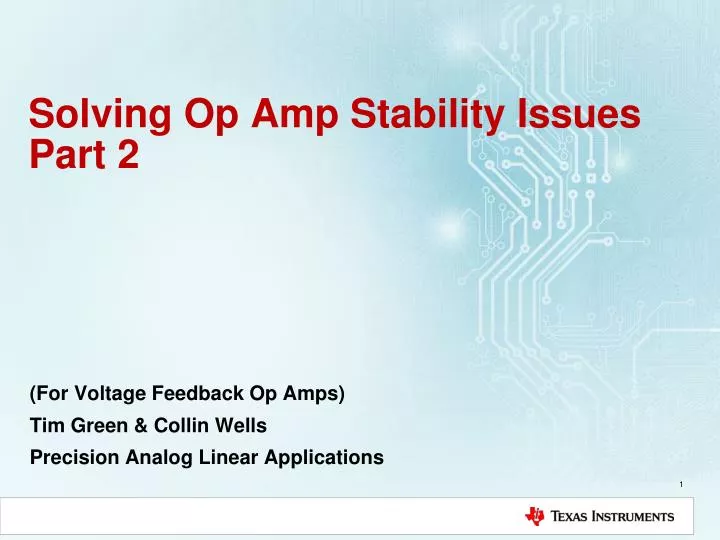yefj
Advanced Member level 4
Hello, What is the meaning of gain -1 stable, gain of +1 stable for an opamp as shown below?
Does it somehow says that the input signal to the opamp needs to connect on plus or minus to the opamp so it will be stable?
Thanks.
Does it somehow says that the input signal to the opamp needs to connect on plus or minus to the opamp so it will be stable?
Thanks.
